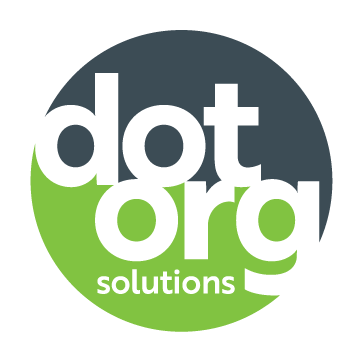Three reasons your nonprofit needs to establish marketing personas
If you have worked in the for-profit marketing world, there is a good chance you have heard of the benefits of building marketing personas. Marketing personas (sometimes called buyer or customer personas) are generalized representations of ideal customers. These personas are developed by marketing teams to help them humanize intended audiences and segment marketing tactics appropriately. Paying attention to marketing personas helps you identify where, how and when your audience receives information, and how to attract and relate to customers as real people rather than ambiguous consumers.
Even though for-profit companies typically think about their audiences differently, building marketing personas is just as important for nonprofit marketing teams. Here’s a few reasons why your nonprofit should consider sitting down for a marketing personas workshop:
1. It can help you identify which audiences may be interested in your nonprofit.
The first step to building marketing personas includes some research. Look through your donor, client and partner lists for patterns and commonalities to develop different groups for you to work with. This may result in a long list of potential audiences. That’s OK. This exercise will help you zone in on your target audience and focus on groups that you can and should be reaching.
Once you have your list, you will work through questions for each group. Some areas to focus on include general demographic information, occupations and the places and ways they consume information. Your team will easily be able to answer some of these questions, but don’t hesitate to use external information sources or your current supporters themselves for clarification. The more thorough you are, and the more data you collect, the easier it will be to figure out which audiences are best to target.
After analyzing the data you have collected from these questions, you will have a good understanding of which groups are the best for your nonprofit to target. You’ll also know which groups you shouldn’t pursue and will have the data to back up your decision to stop wasting your time and energy chasing them.
2. It humanizes your potential supporters.
Building marketing personas forces you to dig deep and think about how your supporters think, feel and communicate. What does their day-to-day life look like? What things do they value most? How and why do they interact with nonprofits? What are their worries and fears? What things make them happy and excited?
When you answer these questions, you should be thinking about specific donors and supporters who fall into each audience group. Think about the conversations you have had with them and the way they have responded to different types of marketing tactics.
This analysis of your supporters will help you build messages that will resonate best with a specific group and will show you exactly where you need to be sharing them to invoke a response.
3. It will guide and provide focus for your future marketing activities.
The point of this exercise is to figure out who is most likely to support you and how you should be marketing your nonprofit to them. So, you should consult these personas every time you create a brochure, write an appeal or plan an event. We recommend creating a marketing personas document that you can share with all staff to guide their future interactions with your audiences. The document should include an overview of each persona developed from your research, and suggested messaging and marketing tactics for sharing that messaging.
Your established personas will help you determine how you should be marketing your organization. There is a reason a person ignores your appeal letters but is the first to like and share your social posts. Whether it is the messaging, or the marketing vehicle used to deliver it, pay attention to what is working and what isn’t with your intended audiences, and adjust accordingly.
Take a look at your current marketing plan and tactics. If they do not align well with your personas, you will want to rethink your plan. Use the information you gathered to drive your marketing plan and tie specific metrics to your new or recycled tactics so you can measure effectiveness.
Until you have a clear understanding of who you’re marketing to and how to engage with them, your team will struggle to determine the right messaging and tactics to use. Building marketing personas will help your nonprofit do just that.
Like what you read? Subscribe to our weekly blog and it will be delivered directly to your inbox!

Dot Org Content Team
Dot Org Solutions works with nonprofits of all types to raise more money, communicate effectively and educate their constituents so they can build better communities. Our proven systems and years of experience help reduce the anxiety and stress felt by nonprofit teams, giving them more time to focus on other important things.

